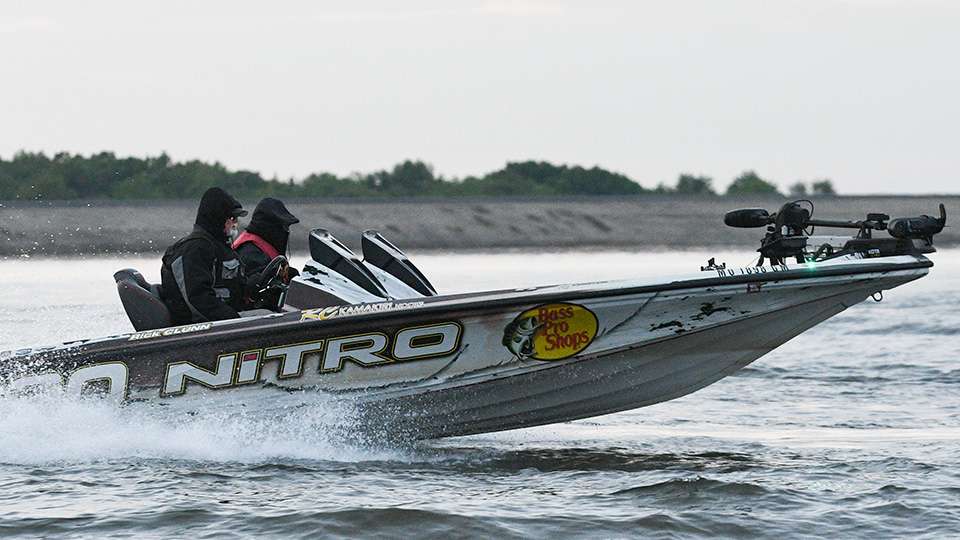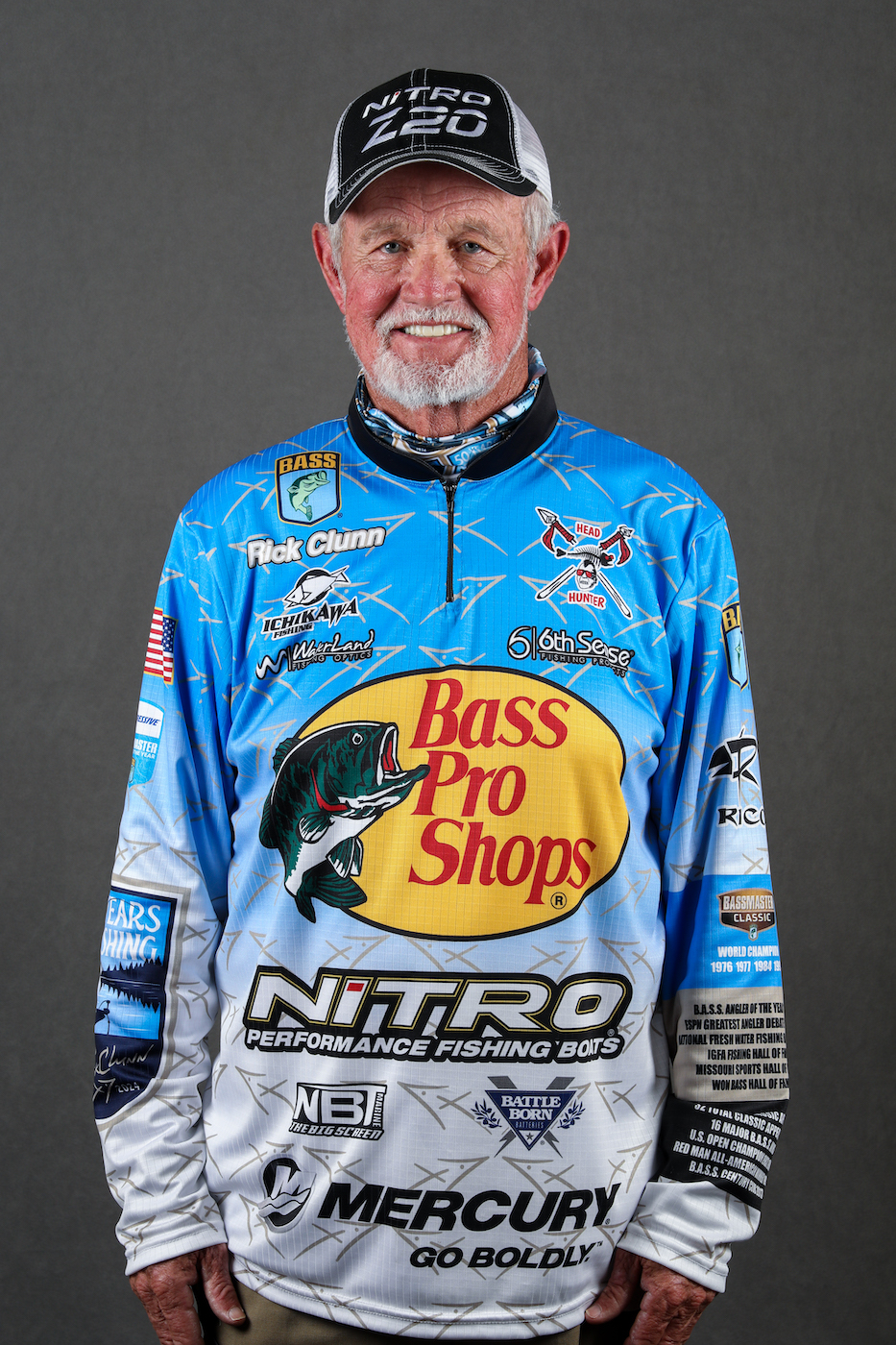
When I went to survival school a few years ago, I shared my knowledge with the group about bass fishing.
At one point, an old Apache Indian told me I was doing it all backwards.
“I’ve listened to you all week, and you obviously know what you are doing,” he said. “But if you want to understand the owl, study the mouse that controls him.”
That really set me back and made me realize it’s something we as anglers haven’t done. We have the best boats, tackle and electronics and our fishing knowledge has grown substantially over the years.
We’re catching more and bigger bass than ever before.
Yet, we don’t really know much about our forage and are pretty naïve about their habits and life cycle. If I had my career to do over again, I would study it from the beginning. After all, only two things control a bass – the spawn and their food source. He doesn’t care how hot or cold it is; it’s all about the food that controls him.
In the South, we know bass eat gizzard shad, bream, threadfin, crawfish and, when present, blueback herring.
But what do we really know about each baitfish species and what drives it? We notice their movements, but we don’t know why they make those moves. We think they eat microorganisms, things we can see, but we really don’t know their eating behavior.
Yes, electronics have saved us in some respect by showing us schools of baitfish, and we know to fish where they exist.
However, no one – not even biologists – can tell you the life cycle of a shad or why they do what they do.
Our knowledge of bass’ habitat, food sources and spawning process helps us find and catch them. What do we know about shad and what they do after they spawn? Do they die? No one knows.
We know they spawn in late spring in the bushes, but what dictates the areas in which they spawn?
Crawfish are no different. There are so many different species; in Missouri we have at least two dozen – yet we don’t know why they do what they do. We think they are generally shallow, but fellow pro Stacey King traps them in 35 feet of water. There are some species of crawfish that are nocturnal and grow to huge sizes. In all likelihood, many of those species do things differently.
Do bass have a diet preference depending upon what stage that bass is in during its life cycle?
We know bass feed on crawfish during the prespawn; do they switch to crawfish because of availability or nutritional needs?
What kind of banks do crawfish prefer? Bass seem to know. If we did, we could look for those banks when we know bass are targeting them.
We’re kinda like referees in a football game, guessing what kind of call to make.
Anglers know forage controls the bass behavior throughout the year, but we know so little about the forage itself. It really is the missing link in our knowledge of bass fishing.
Like my Apache friend said, if you want to learn the owl, study the mouse.

